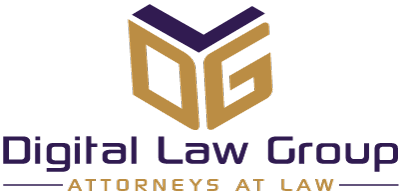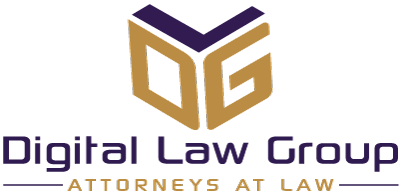Global reach of the Internet means that sellers of counterfeit goods can reach consumers like never before. For this reason, you will want to protect your goods with patents and/or trademarks in those countries you will be selling, manufacturing or developing your products or services. The biggest violators are based in China, Indonesia, Taiwan and Mexico; with cheaper labor available, they are manufacturing knock-offs and selling to customers in your most lucrative markets.
Even if you’ve taken every precaution to file trademarks and patents…what happens when you find out your goods have been counterfeited or your trademark has been misappropriated?
I represented a company whose goods were being knocked off by a manufacturer in China. The freight forwarder erroneously sent us a copy of the counterfeiter’s bill of lading– identifying the goods under my client’s trademarked name. The bill of lading revealed that over $100,000 of pirated goods were being shipped F.O.B. Hong Kong to several international destinations.
As this product was both patented and trademarked, I contacted Customs in Hong Kong and reported the infringing activity — I thought we could easily have the pirated goods seized at the port. It turns out that even with proof in hand, in order to seize goods, a deposit of over $250,000 would be required for Customs to take any action – more than the value of the shipment! If the goods were found to be non-infringing, a portion of that money would go back to the owner of the goods to pay for his damages and inconvenience.
In any event, this money would be tied up for months, if not longer, while an investigation would be conducted – comparing the goods with the patent claims to determine whether they infringed upon my client’s patents. Comparatively, we learned that it would be easier to claim trademark infringement because a trademark could be visually evaluated (though damages for trademark infringement are significantly less than for patents).
After several weeks of haggling with Hong Kong Customs with no results, I decided to take a drastic measure and contact the Hong Kong police to report a theft and, at the same time hired local counsel to file an injunction (an order issued by a court that forces someone to do something or stop doing something — in this instance, it stopped the agent from shipping out the goods to his customers). This method proved most effective; we were able to successfully seize the goods and the Police notified the manufacturer’s local representative that the goods would be held (at a hefty daily storage charge) until the matter was decided.
I contacted the local agent and, in the style of Vito Corleone, made him an offer he couldn’t refuse:
“Tell your boss that we are willing to release all claims provided: —all profits on this shipment get paid directly to us. –we will release the goods to you so you can forward them on to your customers in order for you to get paid. However, we will require your company to sign a manufacturing/distribution agreement with monthly guaranteed minimums under a long-term contract commitment .”
Note: We had to assume they were still making the goods and had new orders to fill; since the goods were of high quality, we decided to take the approach that if you can’t beat ’em, join ’em — as a result of this relationship, over the next few years, my client grew his profits significantly.
While not everyone is so lucky as to be handed information that leads them directly to their counterfeiters, by monitoring the Internet (particularly wholesale sites) you may be able to uncover proof that unauthorized sellers are pirating your goods. In some cases you may want to stop the counterfeiting and sue for damages — in others, you may want to negotiate. Contact a lawyer to help you strategize and take action – sometimes they will work on a success-fee basis.
Take-aways:
1. While patents are more valuable than trademarks, it’s easier to catch a thief based on appearance (trademark/packaging) rather than functionality.
2. Trademark filings are more nuanced that many people think. In addition to performing a trademark similarly search, classifying goods and services and determining where to file are other important considerations.
3. Don’t spend the money until you need to – start with a single trademark/patent and file in other countries when you start doing business there; you can still claim the date of first use based on your original trademark filing.
4. Ballpark costs
- Trademarks: $1,200 to $1,800 to hire a lawyer to handle the initial filing
- Provisional Patents: Approx. $1,500-$2,500 depending on complexity (gives you 1 year to market your product/service before filing a full blown patent application)
- Patents: Costs up to $10,000 for a utility patent and $5,000 for a design patent
Note: Ask your lawyer to prepare an international patent/ trademark strategy that coincides with your rollout schedule for your budgeting purposes.
5. Having a registered trademark can help you take control over bad actors that register a domain name using your trademarked name (e.g. .net, .biz, .cn, etc) more on this later… 6. Remember to use the ™ symbol next to your trademark while it is pending approval and the ® symbol after you have registered it.
In my next blog, “Davy vs. Goliath” I’ll share my experience from the other side of the table – defending a trademark owner against threatened litigation. Thoughts? Comments?
This article is not intended to constitute legal advice or to take the place of conferring with your own attorney.
©2012 Paula Brillson. All Rights Reserved


